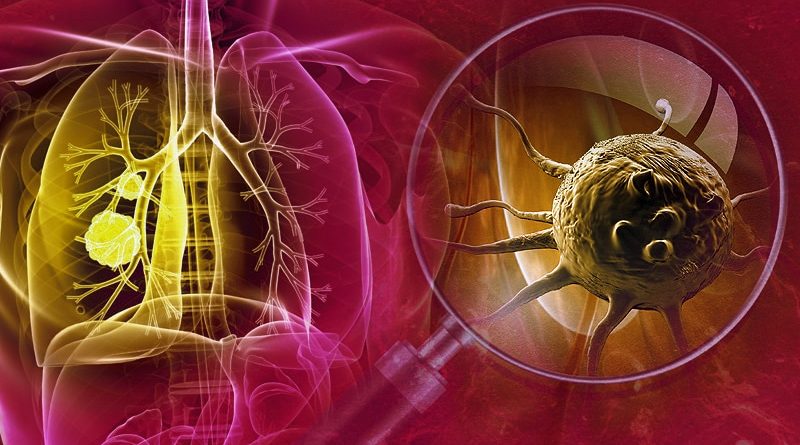cipro phototoxicity
Radiologists using artificial intelligence (AI)-based software in real clinical practice were better able to detect lung nodules on chest radiographs than radiologists using radiographs alone, according to results from a large, randomized study published in Radiology. In the open-label study, a commercially available AI-based computer-aided diagnosis (CAD) software algorithm (Lunit INSIGHT CXR, glucotrol without prescription version 2.0.2.0) was imbedded into the clinical workflow of a single center.
“Detecting lung nodules, a primary finding of lung cancer, is one of the crucial tasks in chest radiography. Nevertheless, even experts can miss actionable lung nodules, especially in a high-volume situation,” said study corresponding author Jin Mo Goo, MD, PhD, Department of Radiology at Seoul National University Hospital in South Korea, in an interview.
In the analysis, lung nodules were identified in 2% of the entire patient group (222/10,476). The detection rate for actionable lung nodules, the study’s primary outcome, when radiographs and AI were used was 0.59%, as compared with 0.25% when only radiographs were used (odds ratio [OR], 2.4; 95% CI: 1.3, 4.6; P = .008). Rates of detection of malignant lung nodules on radiographs were also significantly higher with AI-assisted diagnosis at 0.15% vs 0.0% (OR, 17.0; CI: 0.98, 295.1; P = 0.05).
While various AI-based CAD systems have been shown as a second reader to substantially improve radiologists’ performance in prior studies, the research has been retrospective, potentially disease-enriched, and conducted under nonreal practice conditions or subject to other limitations. Evidence from prospective trials, especially from a health checkup population, has been lacking and is highly warranted, according to the researchers.
All individuals visiting a health screening center and undergoing chest radiography as part of a health checkup (n = 10,476, mean age 57 years, 51% women) from June 2020 to December 2021 were enrolled. Patients were randomized 1:1 to the intervention arm (AI group) or control group (non-AI group). The aim was to investigate whether commercial AI-based CAD software could improve the detection rate of actionable lung nodules on chest radiographs in this population undergoing health checkups.
Actionable nodules were defined as solid nodules larger than 8 mm or subsolid nodules with a solid portion larger than 6 mm (Lung Imaging Reporting and Data System [Lung-RADS], category 4). Most chest radiographs, the authors noted, were interpreted by one of three designated board-certified radiologists with 36, 27, and 13 years of experience, respectively, in chest radiography reading.
In addition to showing significantly higher detection rates for the main outcome and for malignant nodules, the AI and non-AI groups showed similar false-referral rates (45.9% [56 of 122 participants] vs 56.0% [56 of 100 participants], respectively; P = .14) and positive-report rates (2.3% [122 of 5238 participants] vs 1.9% [100 of 5238 participants]; P = .14).
A higher detection rate of lung cancer on chest radiographs in the AI group (0.11% vs 0.0%), while not achieving statistical significance (P = .08), did trend in favor of AI-assisted diagnosis. “We needed a larger sample size because the disease prevalence is low in a health-screening population.…If we had evaluated a larger sample size, the odds ratio for detecting malignant lung nodules and lung cancer would have been significantly different between the AI group and non-AI group,” Goo said in the interview.
“While many studies have shown that an AI algorithm can enhance radiologists’ performance in interpreting chest radiography, the results are mostly from retrospective, case-control studies. Stronger evidence has been required for this AI software to be implemented widely in real clinical practice. Our study contributes to providing this evidence,” Goo added.
In their paper, the researchers concluded that: “In health checkup participants, artificial intelligence–based software improved the detection of actionable lung nodules on chest radiographs.”
An accompanying editorial in Radiology by William F. Auffermann, MD, PhD, associate professor of radiology and imaging sciences at the University of Utah School of Medicine, Salt Lake City, affirmed this point.
While stating that chest radiography is the most widely performed imaging method in the world, Auffermann observed that errors are unfortunately common. “The detection rate for nodules using chest radiography is particularly suboptimal, accounting for an estimated 90% of missed nodules. Thus, methods to assist with the identification of pulmonary nodules would be helpful.”
Auffermann added that prior CAD studies were often conducted outside clinical practice and validated their algorithms with populations including an enriched number of abnormal cases. “It is difficult to determine how the interpretive behavior of radiologists who know they are reading for a study with an enriched data set will translate to performance in routine clinical practice. This study offers new data to answer this question.”
However, Auffermann pointed out limitations of the research, noting, “this study involved a small number of radiologists, presumably with a high level of training and comfort using this CAD system. It is unclear how such a system would generalize to a larger number of radiologists not as familiar or comfortable with the AI-based CAD software.” Auffermann also noted that the researchers did not mention whether adding AI-based input added time to the radiograph evaluation process, an important factor needing consideration.
Radiology. Published online February 7, 2023. Full text; Editorial.
The research study was supported by the Korea Health Technology R&D Project through the Korea Health Industry Development Institute, funded by the Ministry of Health and Welfare, Republic of Korea. Goo disclosed r esearch grants from LG Electronics and Coreline Soft; he is an associate editor for Radiology.
For more news, follow Medscape on Facebook, Twitter, Instagram, and YouTube.
Source: Read Full Article
